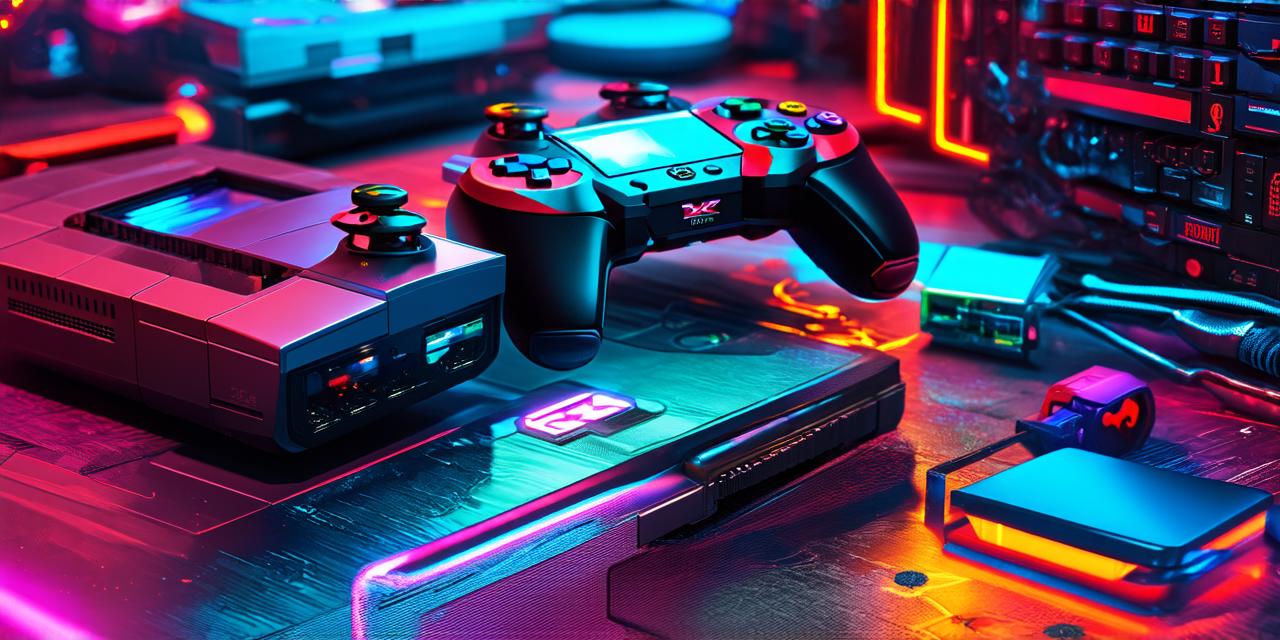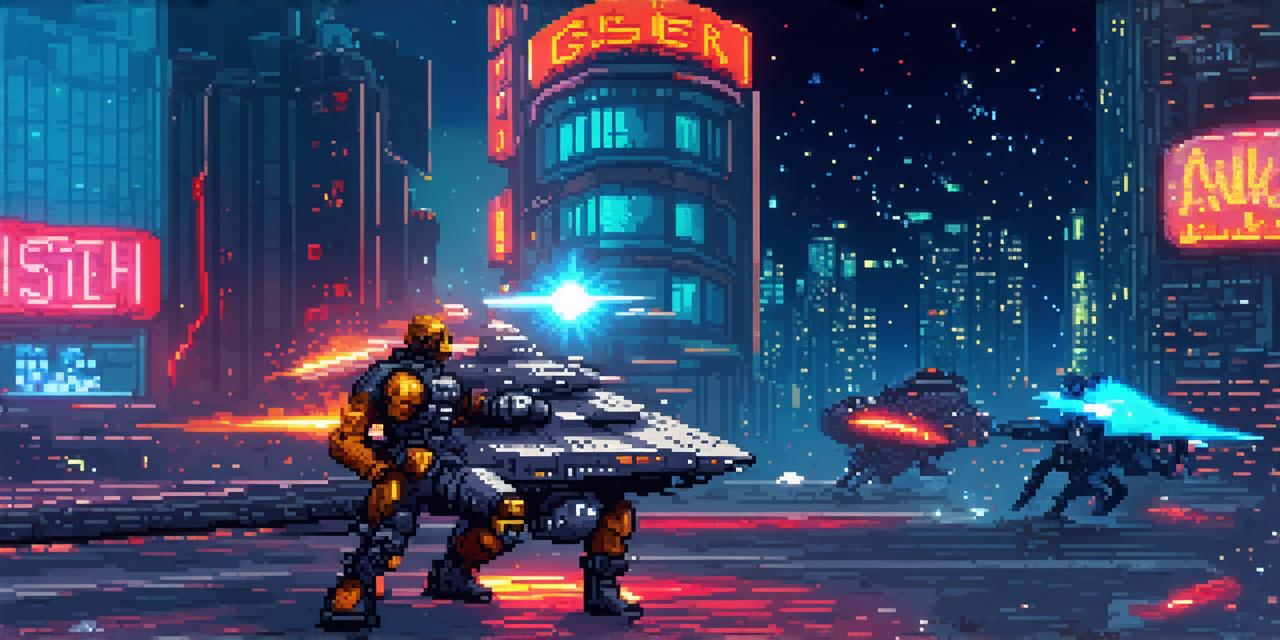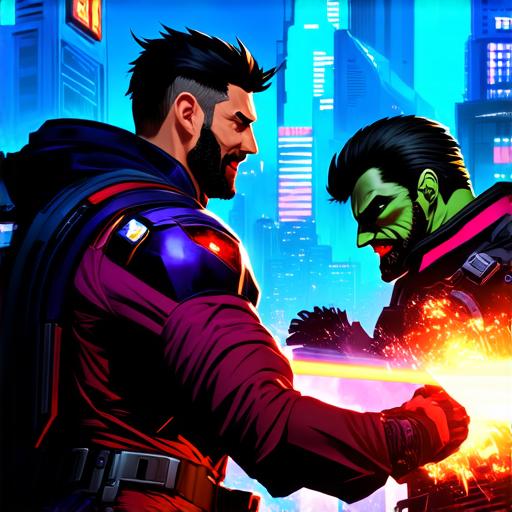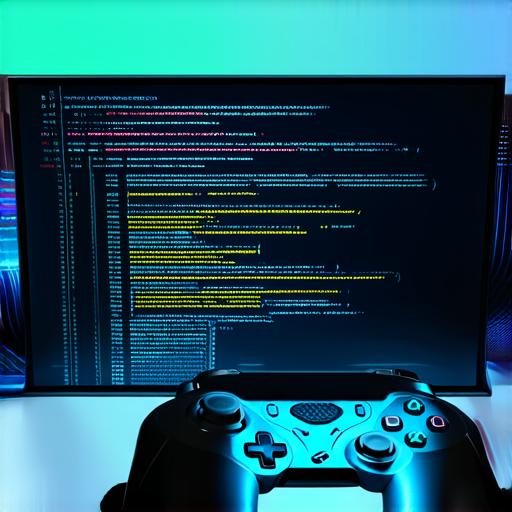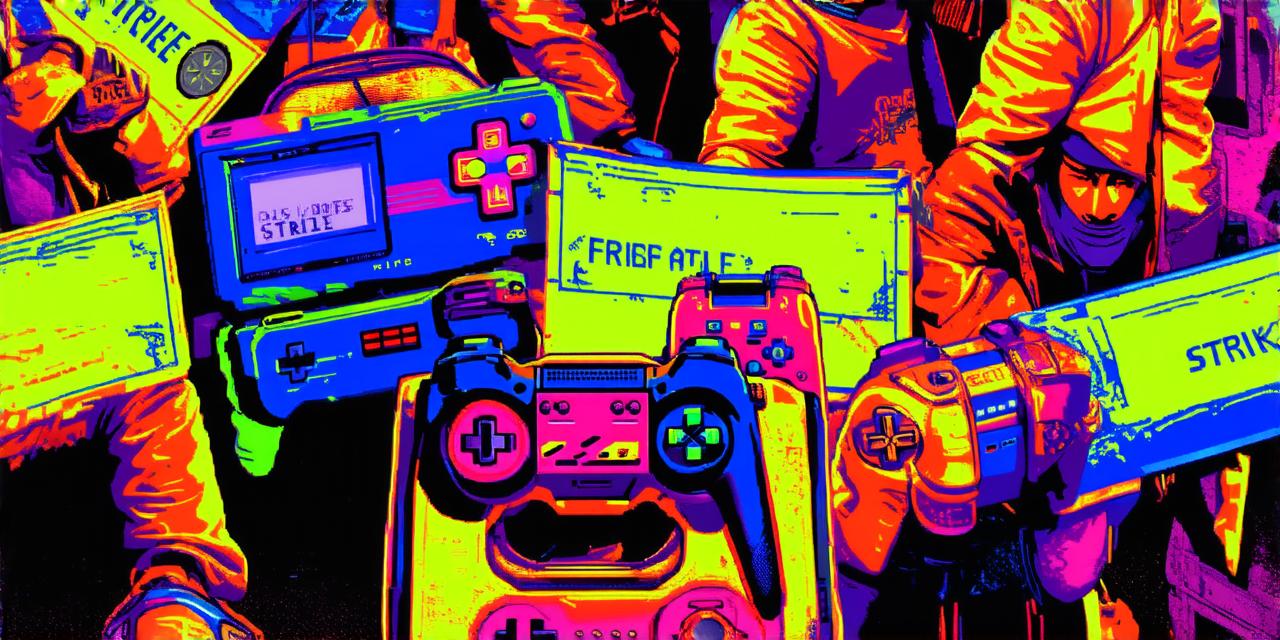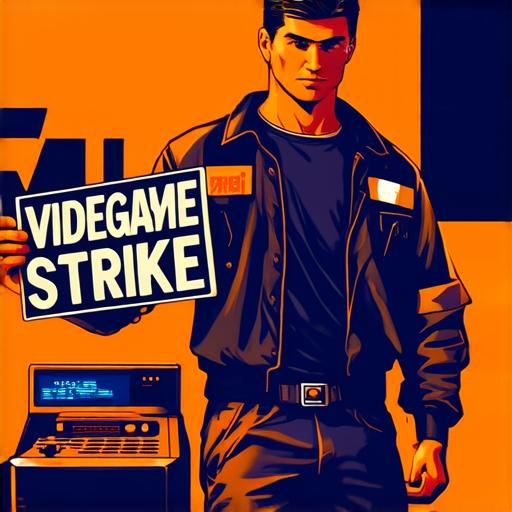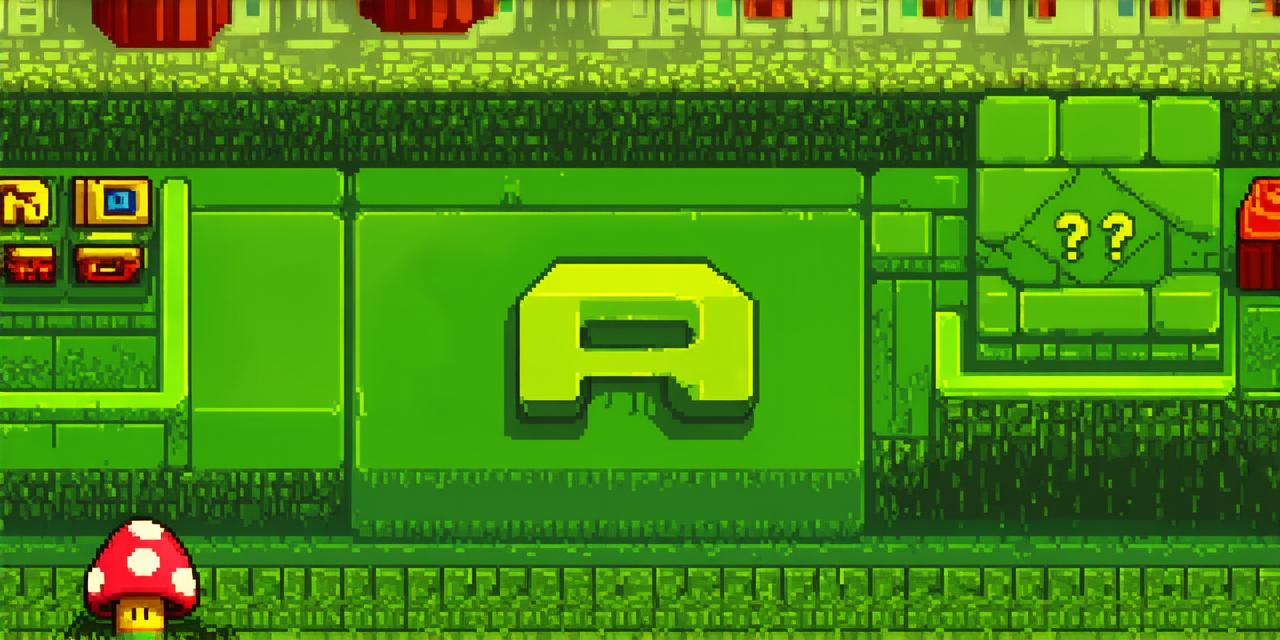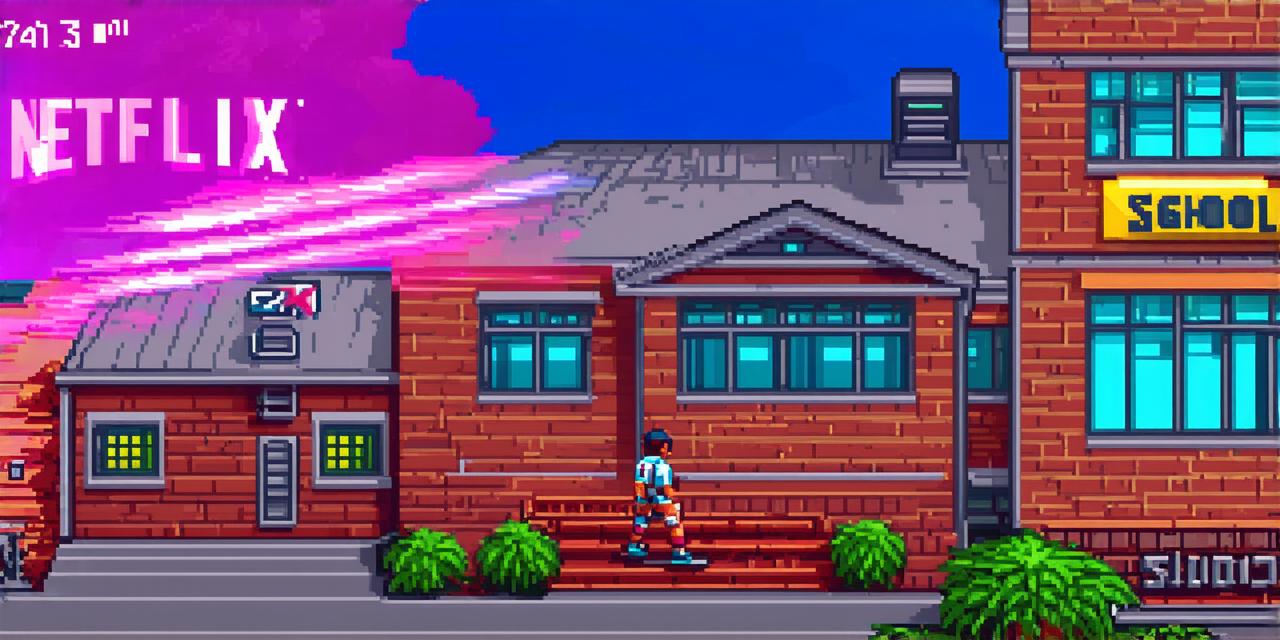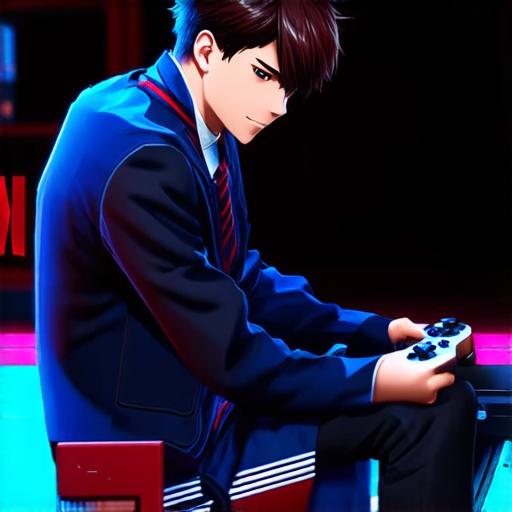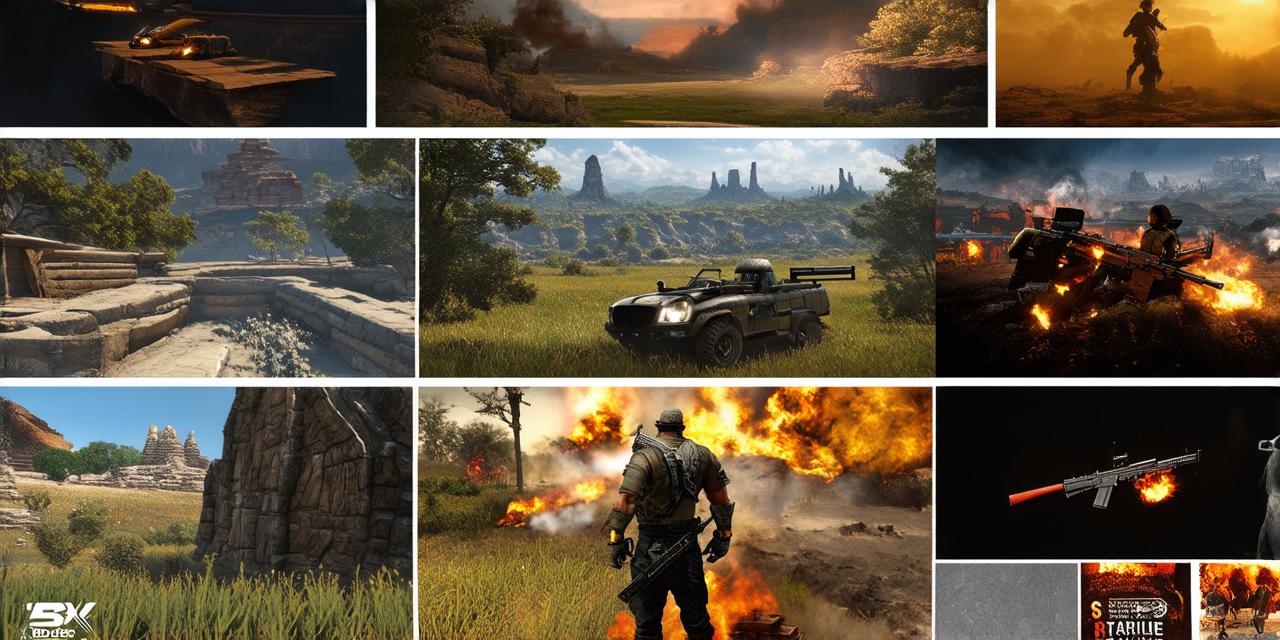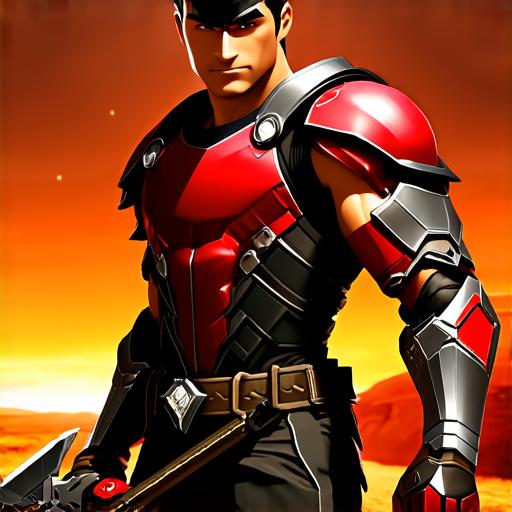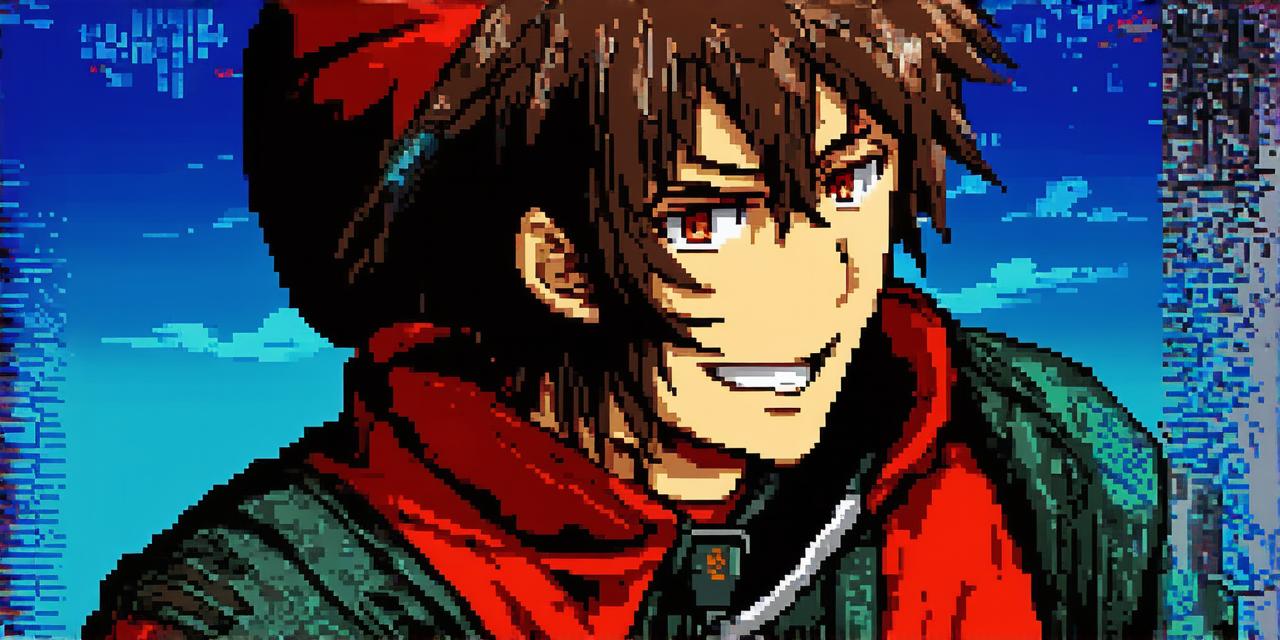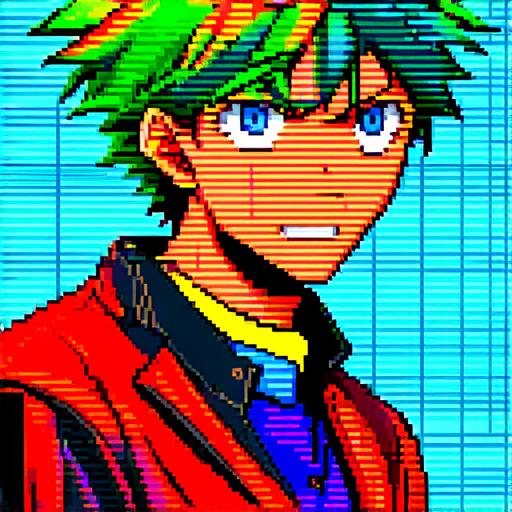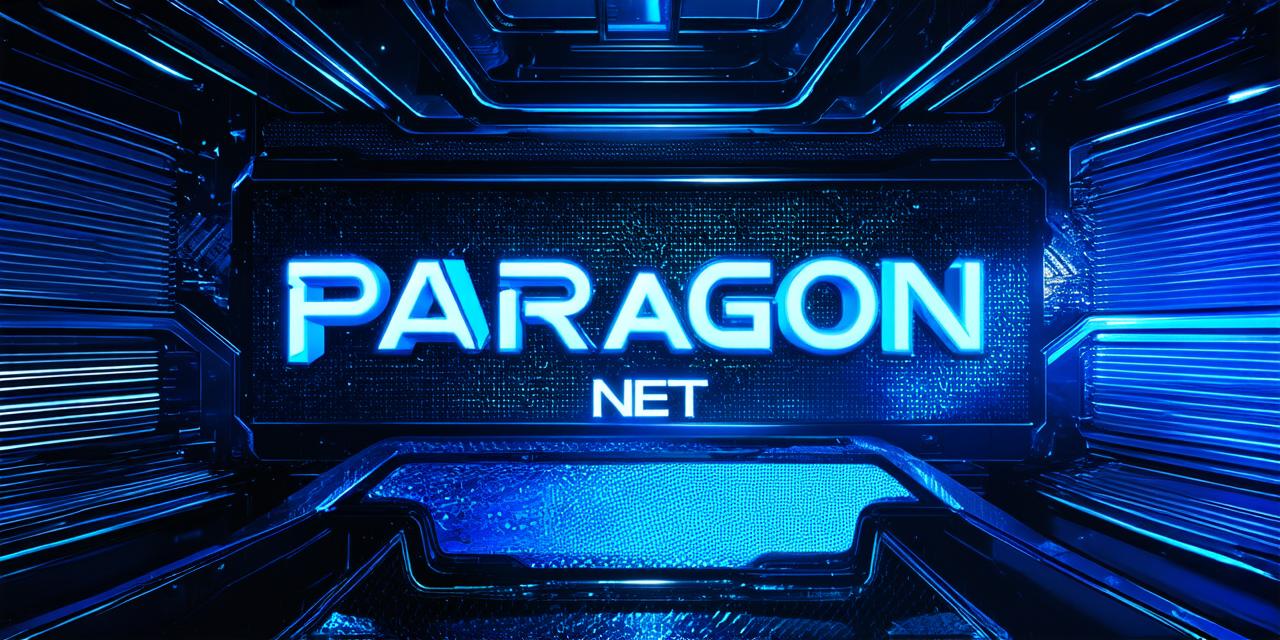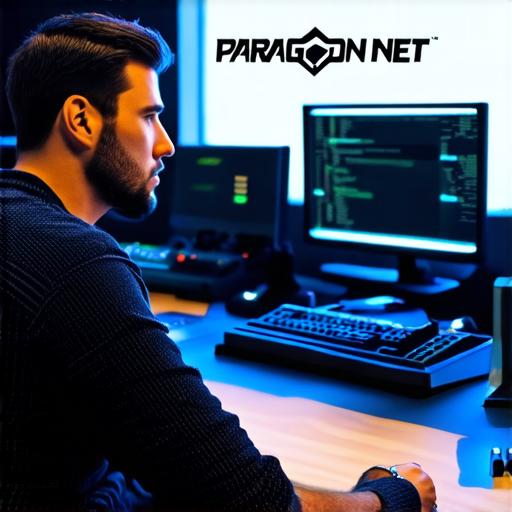How to buy a video game ip
How to Buy a Video Game IP: A Comprehensive Guide
I. Introduction
Intellectual property (IP) is a critical asset for any game developer looking to bring their vision to life. Whether you’re creating a new game or looking to adapt an existing concept, owning the intellectual property rights can give you the freedom to explore and develop your ideas without fear of infringement on someone else’s creations.
II. Finding Potential Video Game IP Candidates
When it comes to finding potential video game IP candidates, there are several sources to consider. These include:
- Auctions: There are many online platforms that allow you to bid on or buy intellectual property at auction. Some popular options include eBay, Heritage Auctions, and ComicConnect.
- Online Marketplaces: In addition to auctions, there are many online marketplaces that specialize in selling video game IP. These platforms often offer a wide variety of options, from classic games to obscure concepts. Some popular options include GameSale, RetroJunkie, and VideoGameAuction.
- Private Collections: In some cases, you may be able to find potential video game IP candidates by reaching out directly to private collectors. This can be a great way to negotiate terms and potentially acquire the IP at a lower price than what it would have cost through an auction or online marketplace.
III. Negotiating Terms and Closing the Deal
Once you’ve identified a potential video game IP candidate, the next step is to negotiate the terms of the acquisition. Key factors to consider include:
- Ownership Rights: It’s important to understand what ownership rights you’re acquiring when buying a video game IP. This may include everything from the intellectual property itself (e.g., character designs, storylines) to any associated media or merchandise.
- Licensing Agreements: Depending on the nature of your project, you may need to negotiate specific licensing agreements with the owner of the IP. This could include everything from the ability to use the intellectual property in your game to the right to create and sell related merchandise.
- Royalty Rates: In some cases, you may be required to pay a royalty fee for the use of the IP. This can vary widely depending on factors such as the popularity of the IP and the size of your project.
IV. Legal Considerations
When acquiring video game IP, there are several legal considerations to keep in mind. These include:
- Trademark Laws: If you’re interested in using an existing video game character or franchise in your project, you’ll need to ensure that you have the proper trademark licenses and permissions from the owner of the IP.
- Copyright Laws: Copyright law applies to a wide range of creative works, including video games. If you’re acquiring intellectual property such as character designs or storylines, it’s important to make sure you have the necessary licenses and permissions to use that content in your game.
- Intellectual Property Theft: In some cases, you may need to protect your own intellectual property from being stolen or misused by others. This could include everything from registering trademarks to using digital rights management (DRM) technologies to prevent unauthorized copying and distribution of your game.
V. Benefits and Risks of Buying a Video Game IP
When considering buying a video game IP, it’s important to weigh the pros and cons:
- Pros:
- A proven track record: If you’re acquiring an existing IP with a strong fan base, you can tap into that audience and potentially increase your game’s commercial success.
- Reduced risk: Developing a new IP from scratch can be risky. By buying an established IP, you can reduce some of that risk and have more confidence in the project’s potential success.
- Faster development time: If you’re acquiring an existing IP, you may already have a solid foundation to build upon, which could potentially speed up the development process.
- Cons:
- Limited creative freedom: When buying an established IP, you’re inherently limited in terms of the creative direction you can take. You’ll need to be mindful of the existing fan base and their expectations.
- Potential legal issues: If you don’t acquire the IP correctly or run into disputes with the owner, you could face legal issues that could derail your project.
- Cost: Acquiring an established IP can be expensive, especially if it’s a popular franchise. You’ll need to carefully consider the costs and ensure they align with your project’s budget.
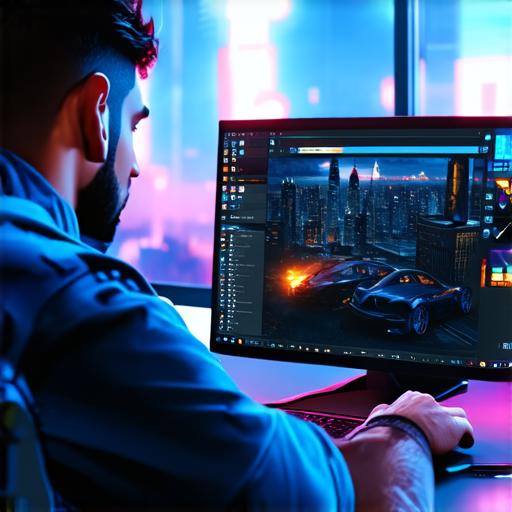
VI. Conclusion
In conclusion, buying a video game IP can be a complex process that requires careful consideration of legal and market factors. By following the tips and best practices outlined in this guide, you can increase your chances of finding the perfect IP candidate for your project and maximizing its commercial potential.
